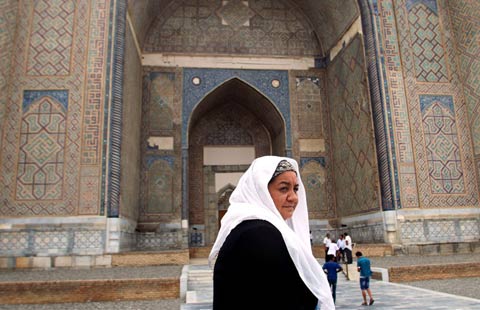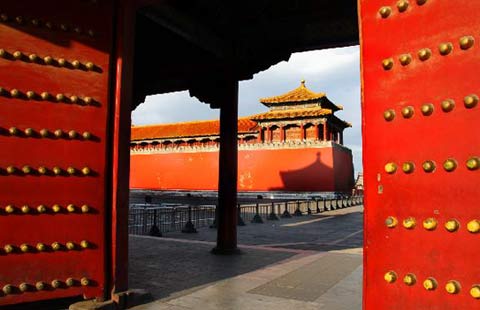Sounds of the grasslands
By Chen Jie ( China Daily ) Updated: 2014-06-24 07:49:26
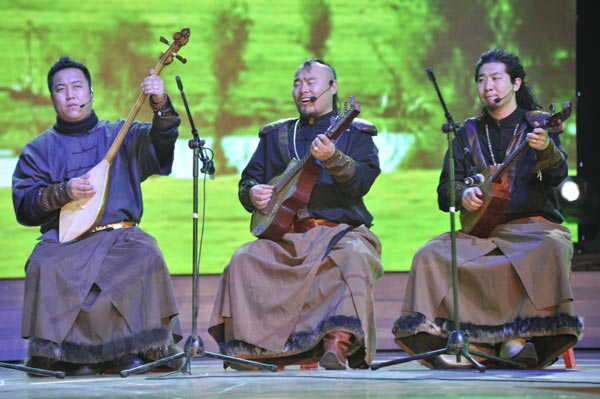 |
|
The band Ih Tsetsn's popularity in China has grown with its performances. Photo provided to China Daily |
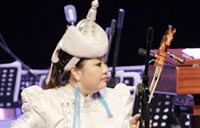 |
| Matouqin instrument joins orchestra |
 |
| Moerdaoga National Forest Park, a pure white wonderland |
"A herdsman's life is healthy and simple. I could earn some 500,000 yuan ($80,000) a year. But when you are young, you dream of exploring the world outside the grasslands," he says.
He left home to attend the Minzu University of China in Beijing and has been involved in the ethnic music scene since 2000.
Bayinmunk, 35, was born in the grasslands of Ar Horqin. He learned to play the morin khuur at age 5 from his mother.
He was visiting friends in Beijing in the spring of 2003 when SARS broke out. The city was quarantined. He was unable to return home and started to perform at bars in the capital.
"At first, it was partly for fun and partly to make a living in Beijing. Our performances were popular and many people asked me about Mongolian music, culture and nomadic life. I realized I have a responsibility to introduce and promote the culture," Bayinmunk says.
Ji Jargal, 31, learned sihu and the morin khuur with a folk artist at a young age. In 1999, the Baotou Art School in Inner Mongolia was recruiting dance students. He accompanied a friend to the audition and during a break, he played the morin khuur. A teacher was so impressed he was admitted to the art school. He moved to Beijing in 2002.
|
|
|
|
|
|
|
|


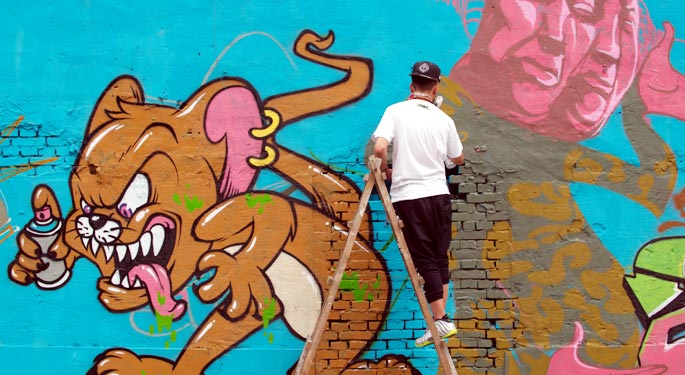
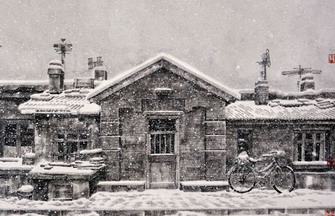


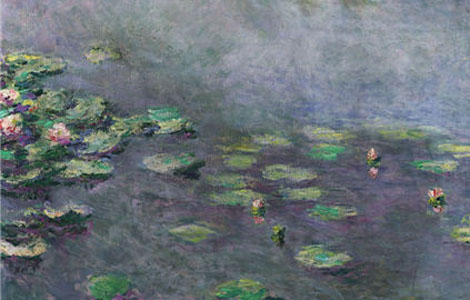










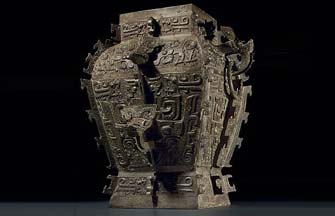




 Raymond Zhou:
Raymond Zhou: Pauline D Loh:
Pauline D Loh: Hot Pot
Hot Pot Eco China
Eco China China Dream
China Dream China Face
China Face



